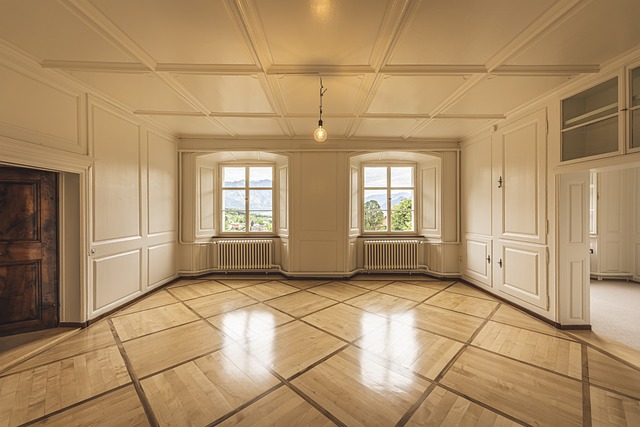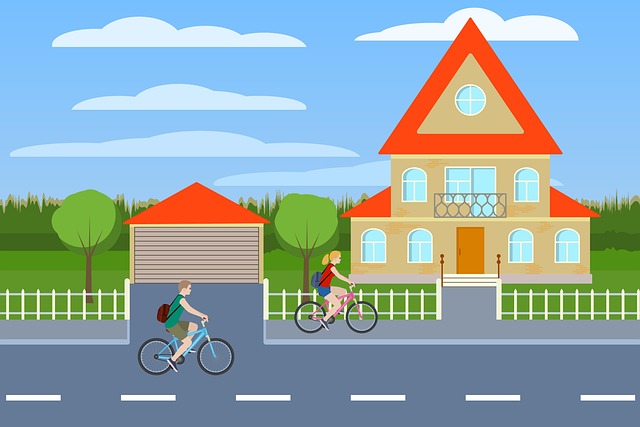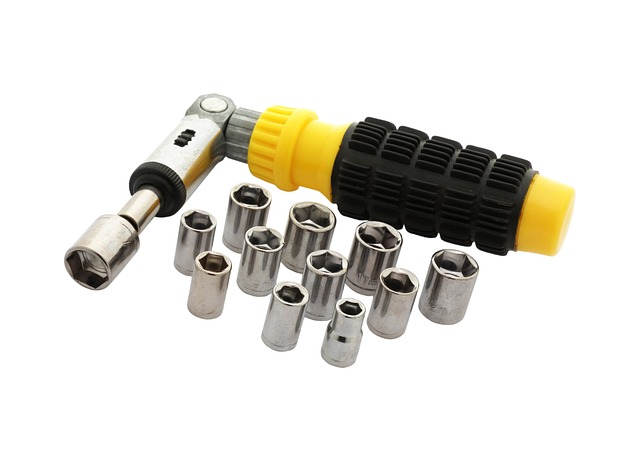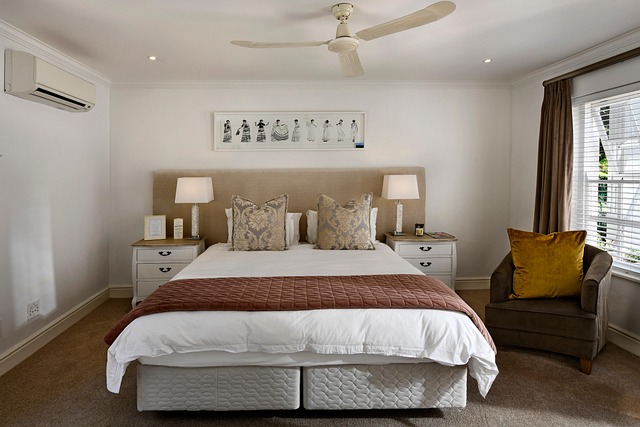Seize Sustainability: Optimizing Your Home with Solar Panel Installation
Solar panel installation has become a popular choice for homeowners seeking to reduce their environm…….
Introduction
In an era where sustainability and energy conservation have become paramount, the concept of energy-efficient home upgrades has gained significant traction. These upgrades not only contribute to a reduced carbon footprint but also offer long-term economic benefits and improved comfort for homeowners. This comprehensive article will delve into the various aspects of energy-efficient home upgrades, from their historical context to their future prospects. Readers will learn about the significance of these upgrades in the broader landscape of sustainable living, global impact trends, economic considerations, technological advancements, policy and regulation, challenges and criticisms, and real-world case studies that exemplify successful applications.
Understanding Energy-Efficient Home Upgrades
Energy-efficient home upgrades encompass a range of improvements designed to reduce energy consumption, increase comfort, and improve the overall efficiency of a residential dwelling. These upgrades can be retrofitted into existing homes or integrated into new construction. Core components include high-efficiency heating and cooling systems, improved insulation, energy-efficient lighting, smart home technology, and water conservation measures. The historical context of these upgrades dates back to the oil crises of the 1970s, which prompted a focus on energy conservation. Today, they are crucial in mitigating climate change and ensuring a sustainable future.
Global Impact and Trends
The global impact of energy-efficient home upgrades is profound. As the world’s population grows and urbanizes, the demand for energy-efficient housing solutions increases. Trends indicate a shift towards greener living, with an emphasis on net-zero homes, where energy consumption equals energy production. Regions like North America, Western Europe, and parts of Asia are leading the way in implementing these upgrades, driven by stringent building codes and consumer awareness. The impact is not uniform across the globe; it varies based on regional climate, availability of resources, and local economic conditions.
Economic Considerations
From a market dynamics perspective, energy-efficient home upgrades represent a significant investment opportunity. The construction and renovation sectors are seeing growth as consumers and governments prioritize sustainability. Investment patterns reflect a trend towards green mortgages and financing options that support these upgrades. Energy-efficient homes can offer lower utility bills, increased property values, and enhanced marketability. In economic systems, such upgrades play a dual role: driving economic growth through job creation and innovation, while also contributing to energy security and environmental sustainability.
Technological Advancements
The landscape of energy-efficient home upgrades is being transformed by technological advancements. Innovations in smart thermostats, solar panels, and battery storage systems are making homes more responsive to energy needs. Building Information Modeling (BIM) allows for more precise energy modeling and design optimization. The Internet of Things (IoT) enables remote monitoring and control of home energy systems. Future potential includes the integration of artificial intelligence (AI) for predictive energy use, and advancements in materials science for even more efficient building materials.
Policy and Regulation
Government policies and regulations are pivotal in shaping the trajectory of energy-efficient home upgrades. Incentives such as tax credits, rebates, and subsidies encourage homeowners to invest in energy efficiency. Building codes are being updated to require higher standards for insulation, window performance, and overall energy consumption. International frameworks like the Kyoto Protocol and the Paris Agreement set global targets that influence national and local policies. These policies not only guide but also mandate certain practices that accelerate the adoption of energy-efficient upgrades.
Challenges and Criticisms
Despite its many benefits, “Energy-Efficient Home Upgrades” face several challenges and criticisms. One of the primary concerns is the initial cost, which can be prohibitive for some homeowners. There is also a need for standardization and education to ensure that consumers understand the long-term benefits and choose the right upgrades for their needs. Critics argue that without comprehensive support systems, including accessible financing options, these upgrades may remain out of reach for many. Additionally, the upfront investment required for technology adoption can be a barrier, especially in older or less affluent communities.
Case Studies
Several case studies demonstrate the successful implementation of energy-efficient home upgrades. For instance, passive house designs in Germany and Scandinavia have set new standards for energy efficiency, with some achieving near-zero energy consumption. In the United States, the Department of Energy’s Zero Energy Ready Home initiative showcases homes that produce as much energy as they use. These case studies provide valuable insights into the design, construction, and operation of highly efficient homes, highlighting lessons learned and best practices for future projects.
Future Prospects
The future outlook for energy-efficient home upgrades is promising. Technological advancements, coupled with supportive policies and increasing consumer awareness, suggest a growth trajectory in this sector. Emerging trends include the integration of renewable energy sources like solar and wind into home designs, the proliferation of smart home technology, and the development of sustainable building materials. Strategic considerations for the future must address scalability, affordability, and the continuous improvement of technologies to ensure that energy-efficient homes become the norm rather than the exception.
Conclusion
Energy-efficient home upgrades are a critical component in the global effort to mitigate climate change and promote sustainable living. Through a combination of technological innovation, supportive policies, and consumer engagement, these upgrades offer a pathway to a more energy-responsible future. The challenges ahead will require collaborative efforts from governments, industry stakeholders, and homeowners alike. With continued progress, the vision of energy-efficient, comfortable, and sustainable homes for all can become a reality.

Solar panel installation has become a popular choice for homeowners seeking to reduce their environm…….

Home insulation upgrades, combined with solar panel installations, are powerful strategies for maxim…….

Looking to slash your energy bills and make your home more eco-friendly? DIY energy-saving renovatio…….

Making your home more energy-efficient is not only great for your wallet, but it’s also an excellent…….

DIY solar panel installation is an eco-friendly, cost-effective solution for homeowners aiming to en…….

Choosing energy-efficient roofing materials like metal, reflective asphalt shingles, clay tiles, veg…….

Air leaks in homes cause significant energy waste, leading to higher heating/cooling costs. Sealing…….

Government incentives like tax credits and rebates promote solar panel installation by offsetting in…….

Energy-efficient appliances and energy-efficient windows offer consumers a powerful way to reduce ut…….